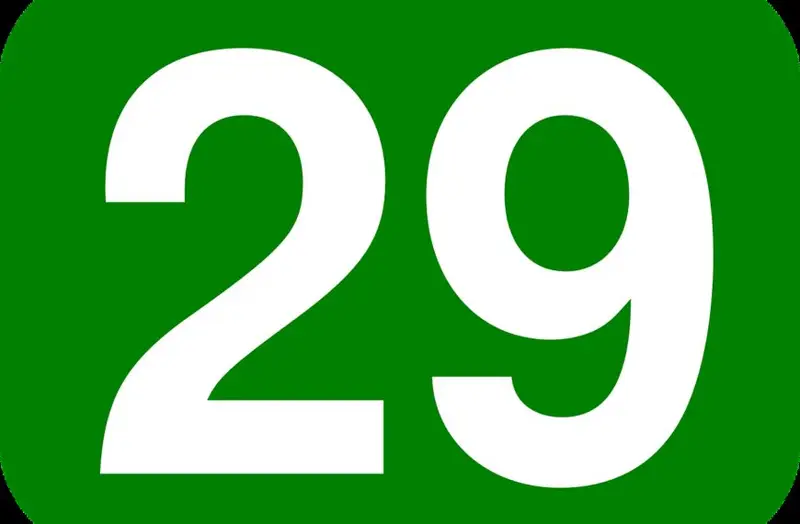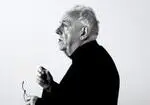One of the first instances of the concept of the matrix can be traced back to Plato’s Allegory of the Cave. In this allegory, Plato describes a group of people who have been chained their entire lives, facing a wall in a cave. They only see shadows cast on the wall by objects passing behind them, and they mistake these shadows for reality. The cave represents the physical world, while the shadows symbolize the illusions that shape our perception. This allegory serves as a metaphor for the matrix, highlighting how our understanding of reality can be manipulated and controlled.
Fast forward to the 20th century, and we see the matrix reimagined in popular culture. The 1999 film “The Matrix,” written and directed by the Wachowskis, brought the concept to the mainstream. Set in a dystopian future, the movie explores a world where humans are unknowingly trapped in a simulated reality called the Matrix. The film delves into deep philosophical questions about the nature of reality and the power of perception.
**The matrix in the Bible**:
While the term “matrix” is not explicitly mentioned in the Bible, there are passages that allude to the concept. One such example can be found in the book of Exodus, where God commands the Israelites to consecrate to Him every firstborn. Exodus 13:12 states, “You shall set apart to the Lord all that first opens the womb. All the firstborn of your livestock that are males shall be the Lord’s.” Here, the “womb” can be seen as a metaphorical matrix, representing the source of life and creation.
**The matrix as a metaphor**:
Beyond its biblical references, the matrix can also be seen as a metaphor for the human experience and our perception of reality. Just like in the allegory of the cave, we are often influenced by external factors that shape our understanding of the world. Our beliefs, experiences, and cultural conditioning can act as filters through which we interpret and make sense of the information around us. This metaphorical matrix raises questions about the nature of truth, free will, and the extent to which we can break free from societal constructs.
**The matrix and spirituality**:
Some interpretations of the matrix concept extend into the realm of spirituality. The idea that we are part of a larger consciousness or divine plan aligns with the notion of a matrix-like construct. In this perspective, the matrix represents the interconnectedness of all things and the underlying fabric of reality. It invites us to question our individual identities and explore the deeper spiritual aspects of our existence.
Matrix in Religion
The concept of the matrix can be found in various religious texts, including the Bible. In biblical terms, the word ‘matrix’ refers to the womb of a woman, symbolizing fertility and creation. This symbolic understanding highlights the importance of women in the process of bringing forth life. The matrix represents the sacred space where new life is nurtured and developed, emphasizing the divine nature of creation.
In the Bible, the term ‘matrix’ is mentioned in the context of genealogy and lineage. It is used to trace ancestral lines and identify the origins of individuals. For example, in the book of Exodus, the importance of the matrix is emphasized when it states, “Every male that opens the womb shall be called holy to the Lord” (Exodus 13:2). This verse highlights the significance of the matrix in determining the consecration of individuals in religious contexts.
Throughout the Bible, the matrix is often associated with blessings and promises. It represents the potential for new beginnings and the continuation of a lineage. In the book of Genesis, God promises Abraham that his descendants will be as numerous as the stars in the sky and as the sand on the seashore. This promise is linked to the matrix, as it signifies the multiplication of generations and the fulfillment of divine plans.
Furthermore, the matrix in the Bible also serves as a metaphor for spiritual rebirth and transformation. Just as a child is formed and developed within the womb, believers are called to undergo a spiritual transformation and be born anew. This concept is explicitly mentioned in the New Testament when Jesus tells Nicodemus, “Truly, truly, I say to you, unless one is born again, he cannot see the kingdom of God” (John 3:3). The matrix, in this context, represents the starting point of a new spiritual journey.
Symbolism in The Matrix
In the movie The Matrix, the concept of the matrix is used as a metaphor for control and illusion. It represents a simulated reality created by machines to keep humans subdued. This symbolism raises questions about the nature of reality and the boundaries of human knowledge.
The matrix in the movie serves as a powerful symbol for the deceptive nature of the world we live in. It highlights how easily we can be manipulated and controlled without even realizing it. The matrix is a construct designed to keep humans ignorant of their true reality, trapping them in a simulated world where their minds are controlled and their actions are predetermined.
This concept resonates with philosophical ideas that question the nature of our existence and the possibility of an external force exerting control over us. The idea of living in an illusionary world reflects the human desire to break free from societal constraints and discover the truth about ourselves and the world around us.
The symbolism of the matrix also extends to religious and spiritual interpretations. It can be seen as a representation of the human condition, where individuals are trapped in a state of ignorance and separation from a higher spiritual reality. Just as the characters in the movie awaken to the truth of the matrix, it serves as a call for individuals to awaken to their own spiritual nature and break free from the illusions that bind them.
The matrix symbolism also raises questions about the nature of free will and determinism. Are our actions and choices truly our own, or are they predetermined by external forces? The movie challenges us to reflect on our own lives and question the extent to which we are in control of our destiny.
The Matrix and Eastern Philosophy
The concept of the matrix in the movie draws inspiration from various philosophical and spiritual traditions, including Eastern philosophy. Ideas such as maya (illusion) and samsara (cycle of birth and death) from Hinduism and Buddhism resonate with the matrix’s themes of illusion and cyclical existence.
Furthermore, the matrix can be seen as a modern interpretation of the Buddhist concept of the “mind-made world” or the “world of appearances.” In Buddhism, it is believed that our perception of reality is shaped by our own minds, creating a subjective experience that may not correspond to the ultimate truth.
The Matrix and Gnosticism
Gnosticism, an ancient religious movement, also provides insights into the symbolism of the matrix. Gnostics believed in the existence of a divine spark within each individual that is trapped in the material world. They viewed the material world as an illusion created by a malevolent demiurge, similar to the machines in the movie.
Like the Gnostic worldview, the matrix represents a false reality imposed upon humanity, obscuring the true nature of existence. The movie’s protagonist, Neo, can be seen as a modern-day Gnostic seeker, striving to awaken from the illusion and reunite with the higher spiritual reality.
The Matrix in Popular Culture
The Matrix franchise has had a significant impact on popular culture. It introduced groundbreaking visual effects and popularized the use of bullet time in filmmaking. The movie’s exploration of philosophical themes, such as determinism and free will, has also influenced other works of art and literature.
The Matrix revolutionized the film industry with its cutting-edge visual effects. The innovative use of bullet time, a technique that creates a slowed-down, frozen-in-time effect, mesmerized audiences and became synonymous with the film. The iconic scene of Neo (played by Keanu Reeves) dodging bullets in slow motion has been parodied and referenced countless times in movies, TV shows, and advertisements.
Moreover, The Matrix’s thought-provoking exploration of philosophical concepts has left a lasting impact on popular culture. The film delves into the nature of reality, questioning the boundaries of human knowledge and the existence of a simulated world controlling our lives. This theme has been echoed in various forms of art and literature, with creators and thinkers inspired by the movie’s philosophical depth.
The Matrix’s influence can be seen in diverse areas of popular culture. It has inspired video games, such as the widely popular “The Matrix Online,” allowing players to immerse themselves in the film’s universe. Additionally, the film’s aesthetic and themes have influenced fashion trends, with sleek black leather jackets and sunglasses reminiscent of the characters’ attire becoming iconic symbols of coolness and rebellion.

Rockin’ the faith, one verse at a time!
Growing up, the Bible’s stories deeply impacted me. Now, with over 15 years of preaching experience, I blend timeless teachings with modern technology, making them relevant for today’s world.
Bible Hub Verse is my platform to share historical insights and thought-provoking articles, exploring both familiar and uncommon Christian topics. My passion is building a welcoming online space for everyone to learn, grow in their faith, and discover the Bible’s enduring message.
Join the journey!
God bless you.








